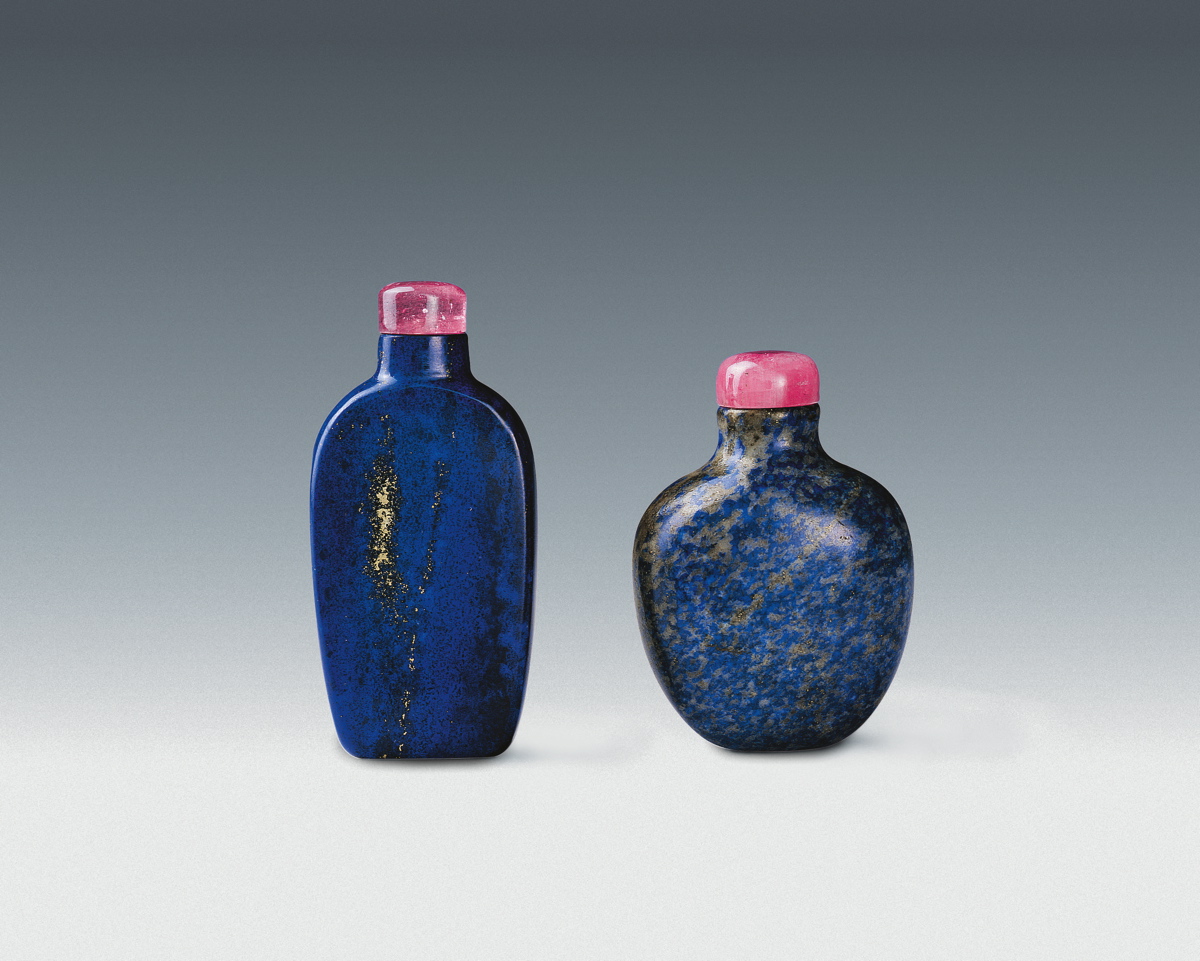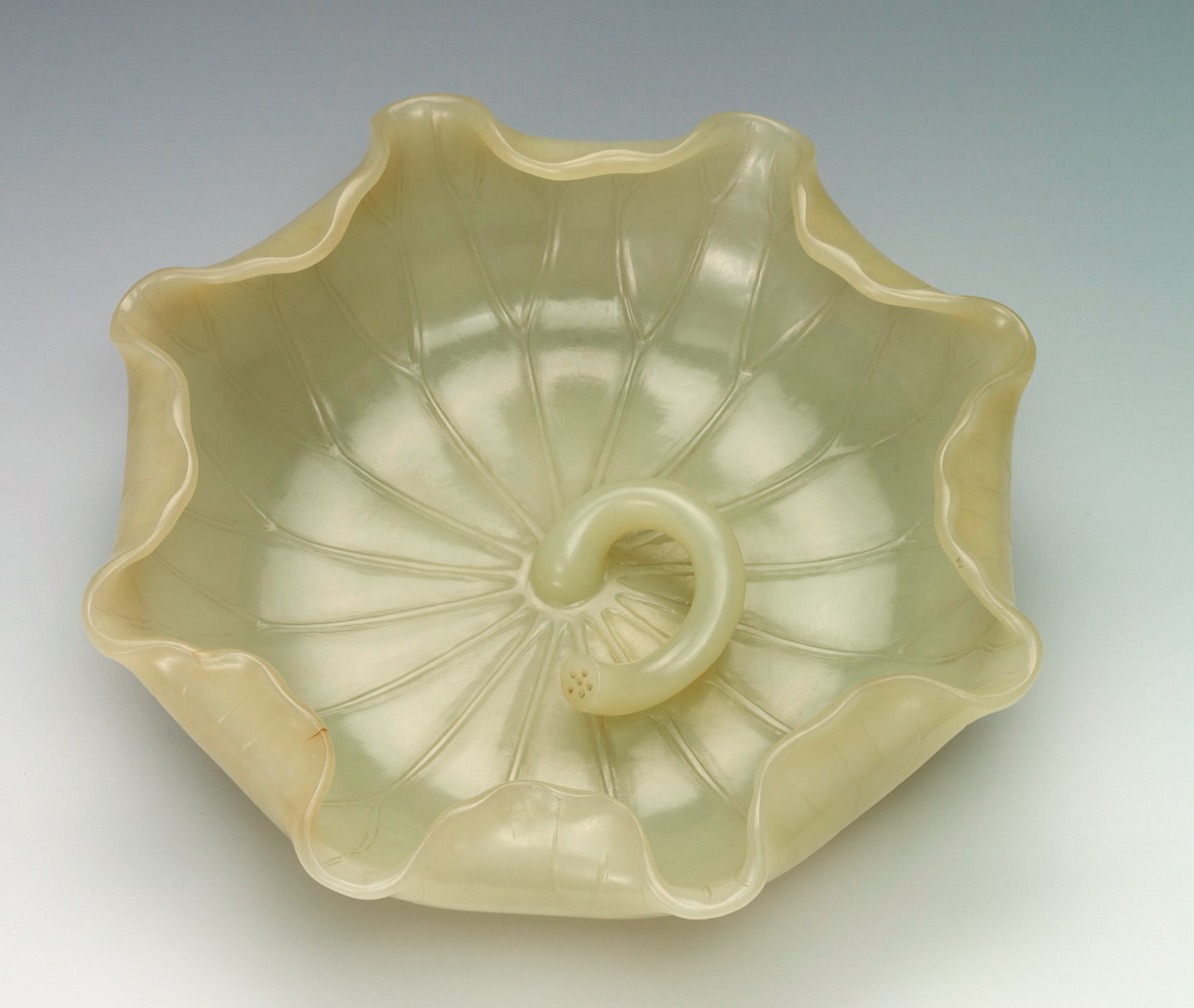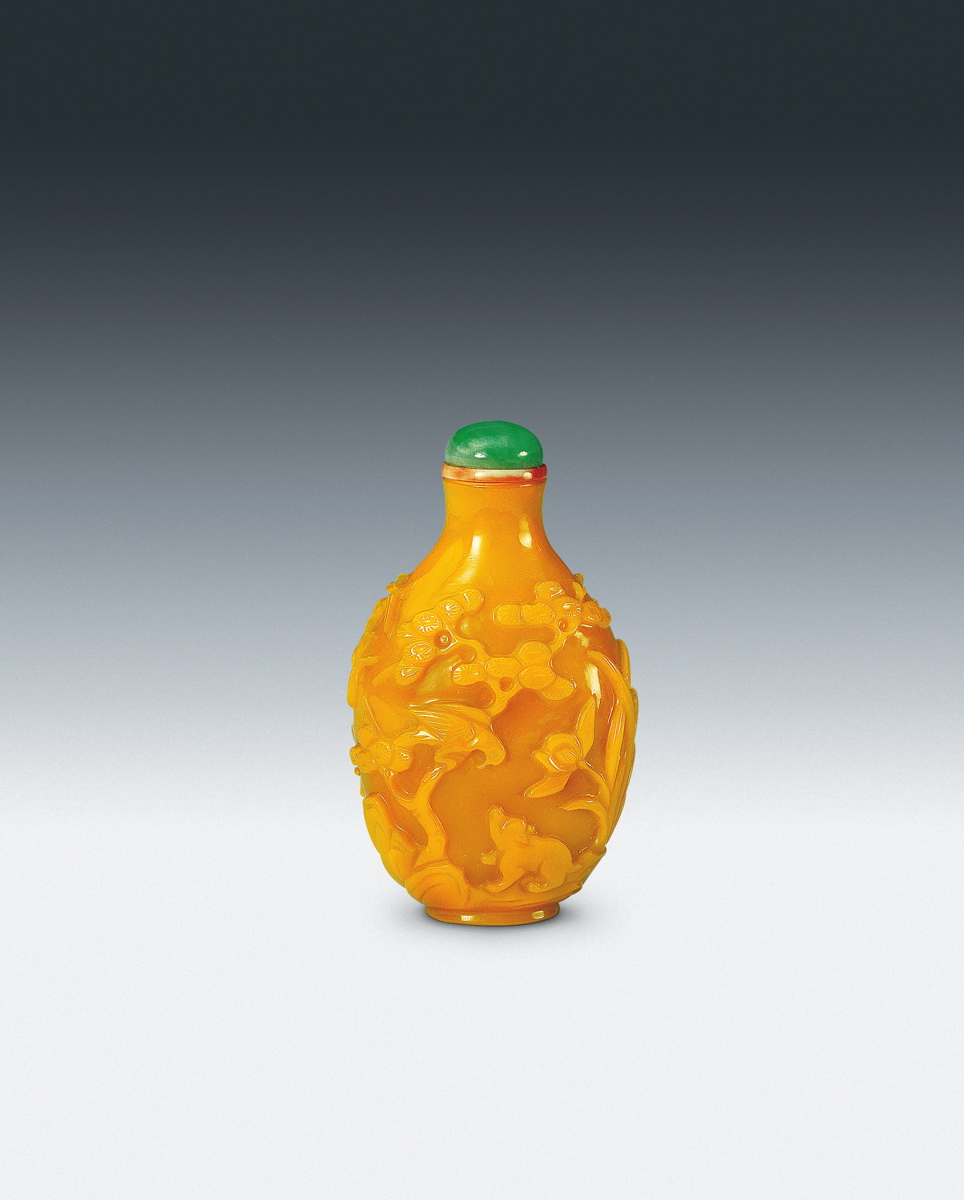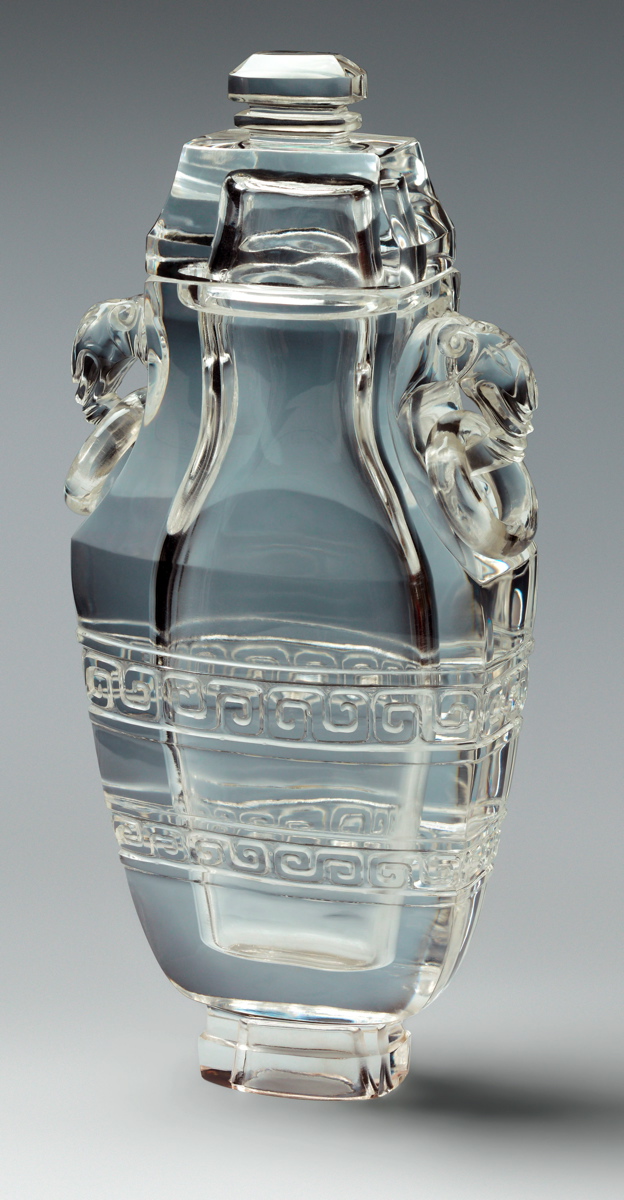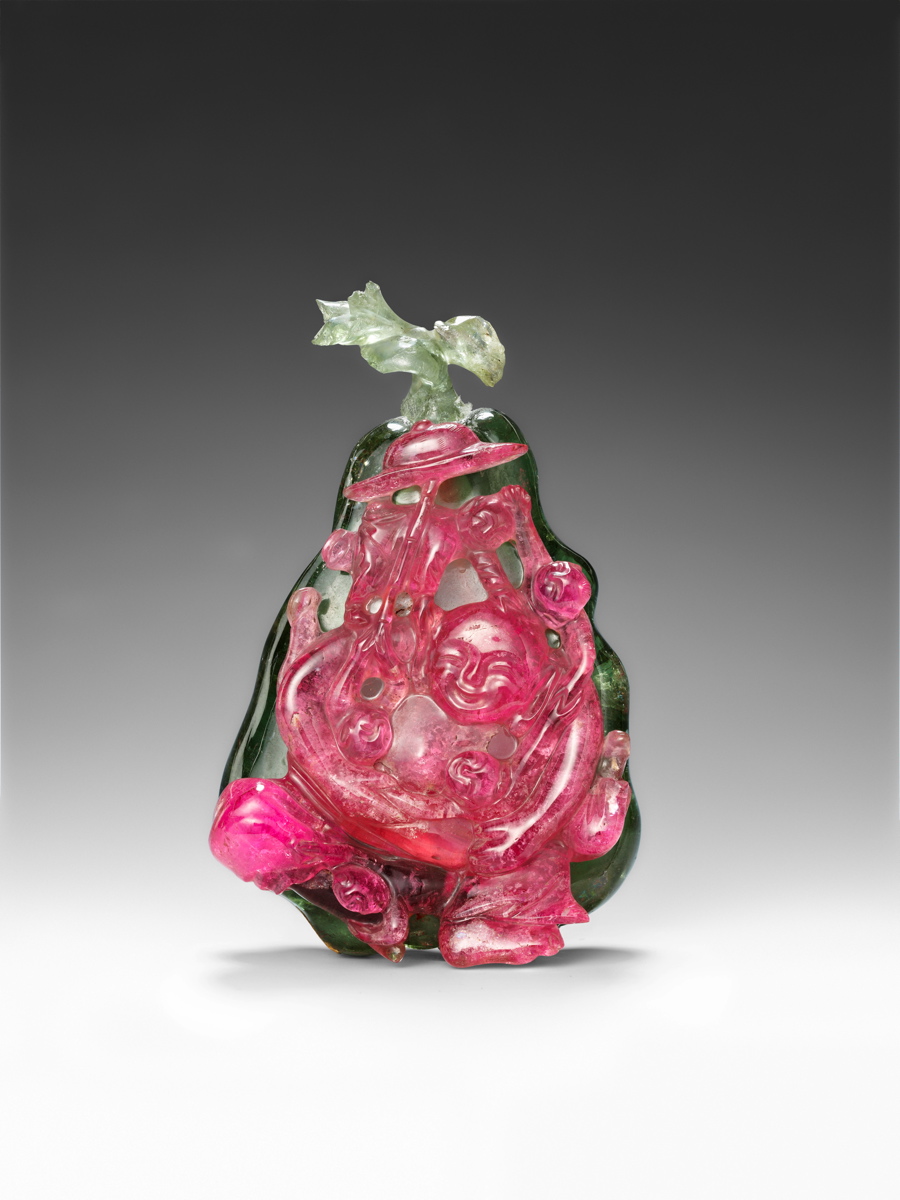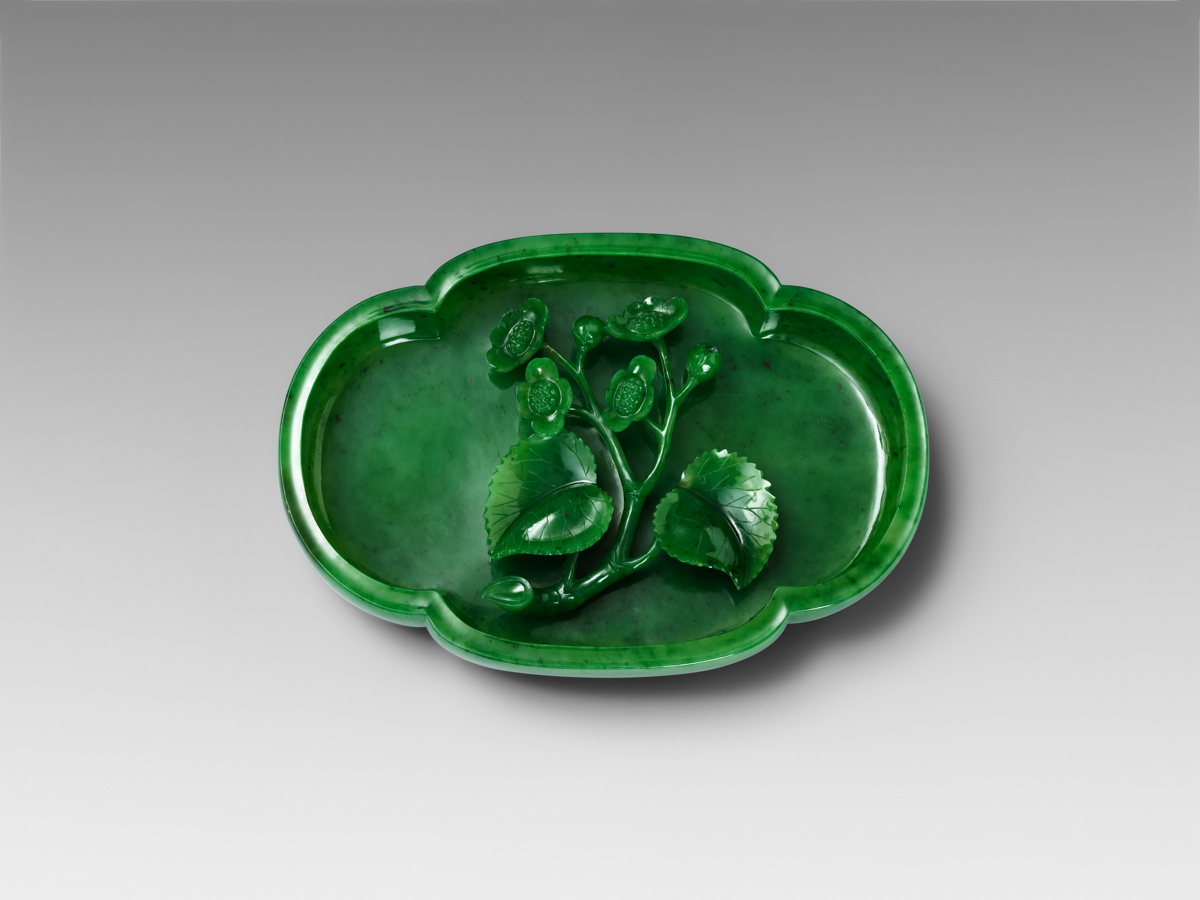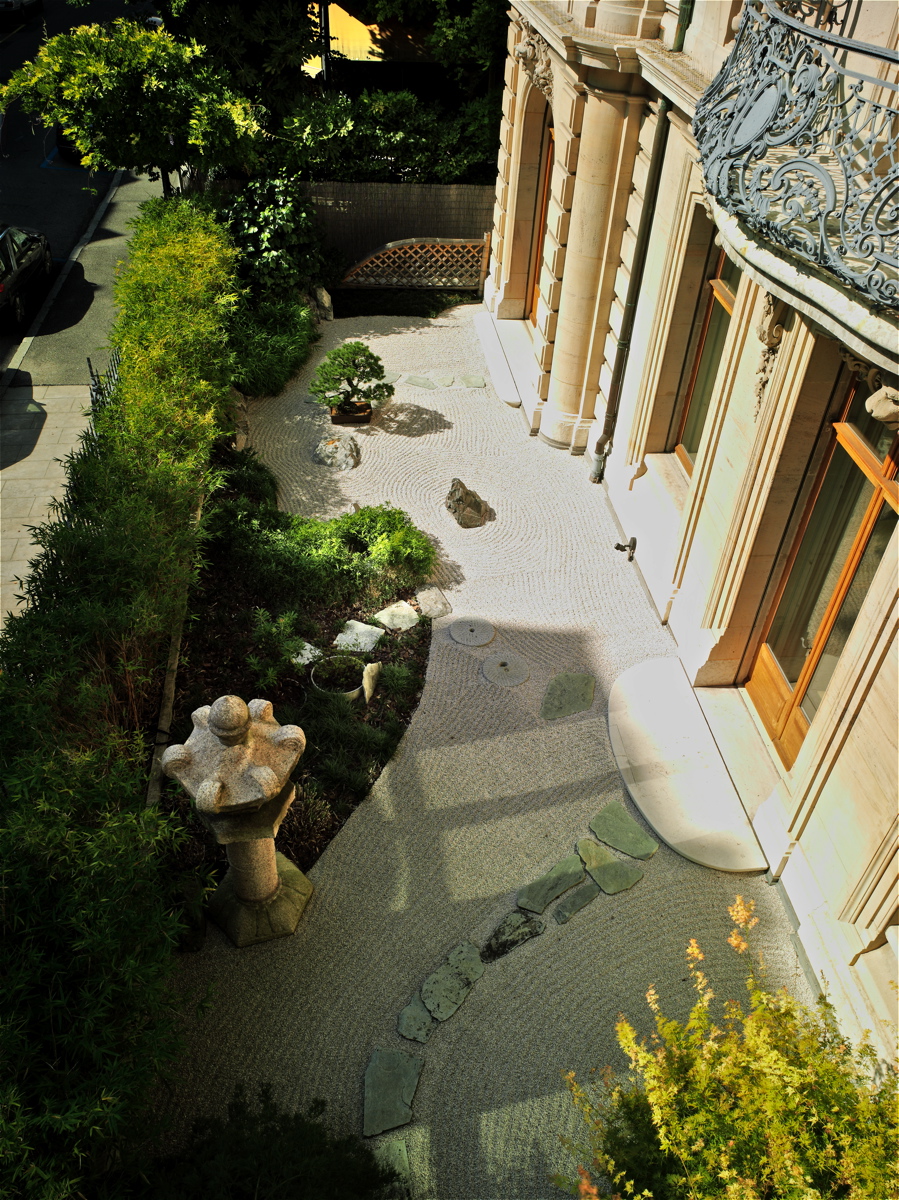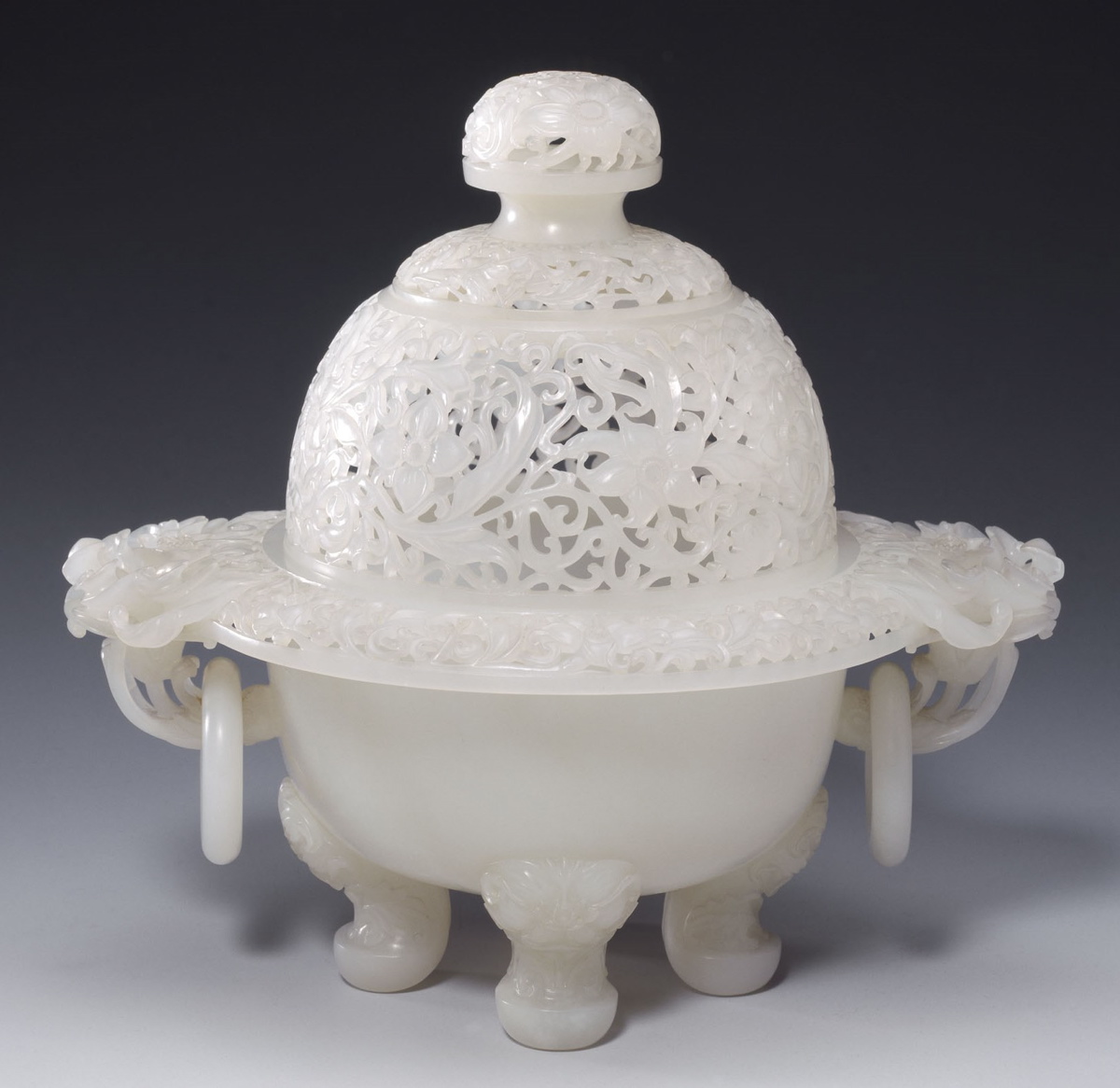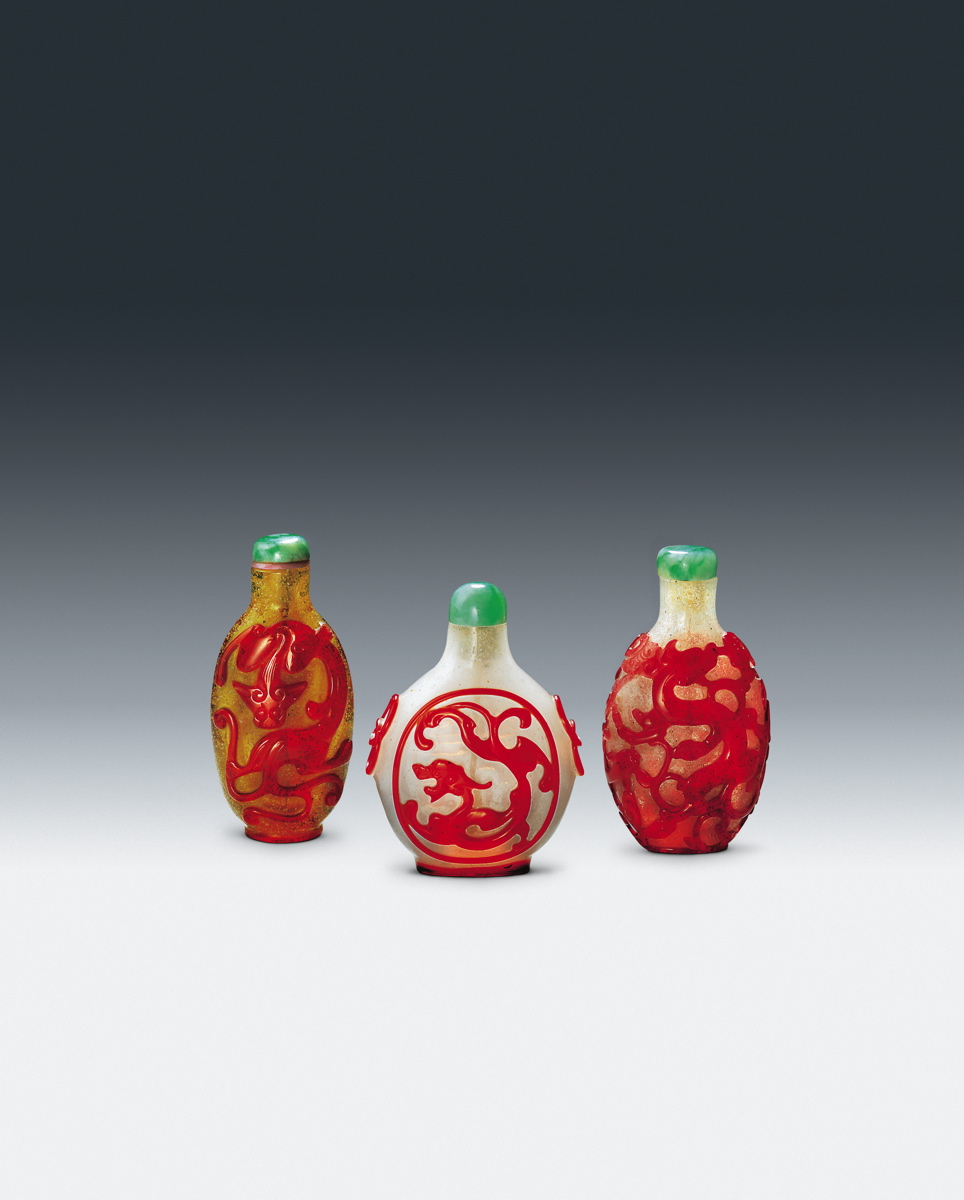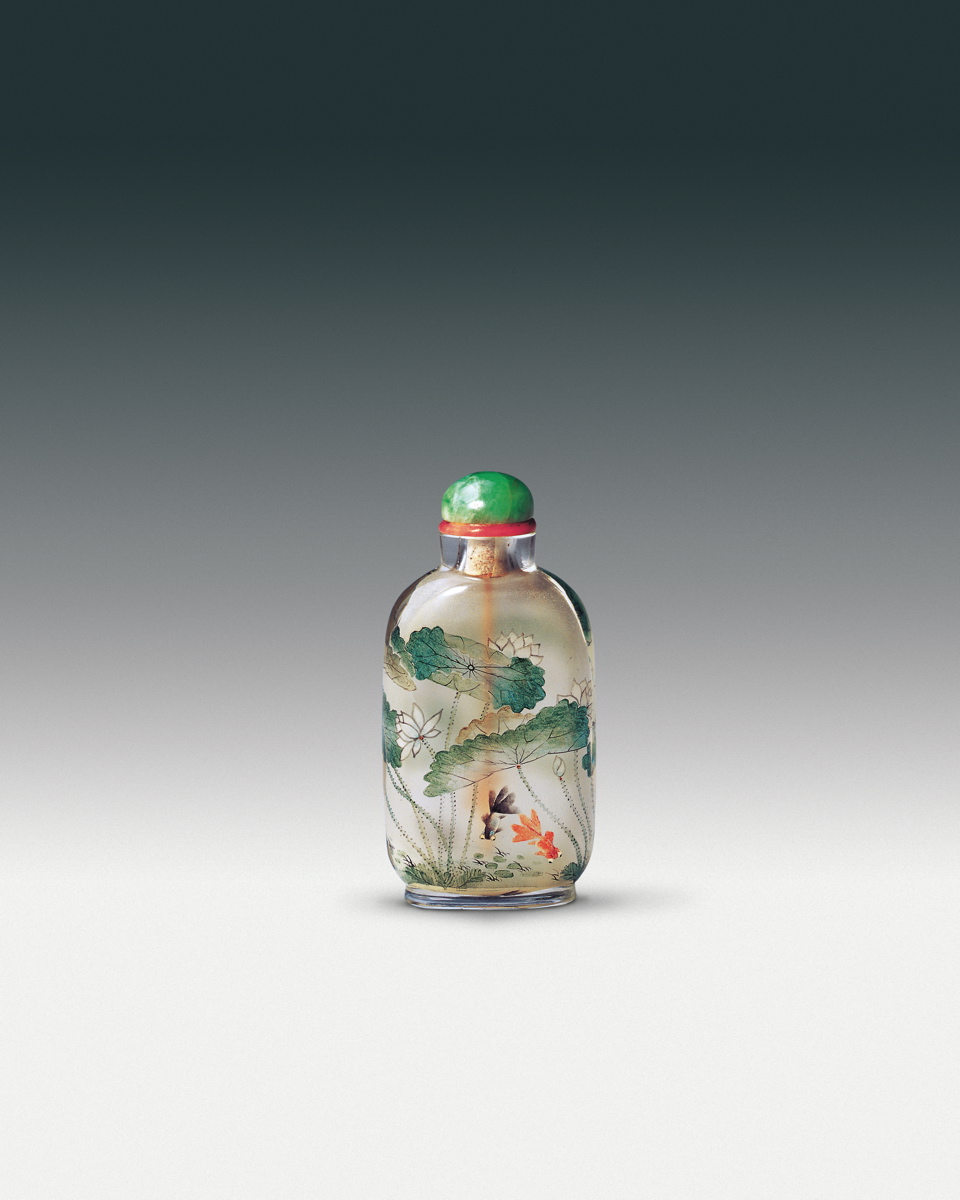At the beginning of May, I had the opportunity to spend a whole week in Geneva. I was lucky enough to be able to take a few days off work and it was jewellery week in Switzerland’s second largest city. So I combined business with pleasure and I intend to publish here a “travel diary” about this stay to give you some ideas if you want to explore the city, its lake and its neighbourhoods, each one more convivial than the other. But before that, following the recommendations of friends in Geneva, I went to discover the Baur Foundation, also presented as the museum of Far Eastern arts of the city of Geneva. It was one of my most beautiful visits and I admit that I would have “missed it” if I had not been guided by friends who know the city. But then, what makes this place so beautiful and unmissable?
The Baur Foundation. Photo: ©Baur Foundation, Museum of Far Eastern Art, Geneva. Photo Marian Gérard
Leaving the city centre and the Rue du Rhône, you gradually climb into the old town. Cobbled streets, pretty buildings and dizzying staircases make up a particularly coherent architectural ensemble. There are so many details to admire everywhere that you can do it on foot or by bike. But beware, good shoes are necessary, it’s a climb! Beyond the Musée d’Art et d’Histoire, you enter the Tranchées district, a more recent district dating from the 19th century and mainly made up of small apartment buildings and beautiful private mansions. It was here that Alfred Baur decided to establish his collection in 1951. He died that same year, but about ten years later his house was opened to the public and became the museum we know today.
Jade from the Qing dynasty (1644-1911). Photo: ©Baur Foundation, Museum of Far Eastern Art, Geneva. Photo Marian Gérard
Set of tobacco flasks from the Qing Dynasty (1644-1911). Photo: ©Baur Foundation, Museum of Far Eastern Art, Geneva. Photo Marian Gérard
1- Who was Alfred Baur?
Born in Germany in 1865, Alfred Baur specialised in international trade and was soon sent to Colombo (Sri Lanka) where he quickly founded his own organic fertiliser company A. Baur & Co. Baur & Co, which still exists today. In 1906, he returned to Switzerland, where his wife Eugénie Baur-Duret lived. It was at this time that he began to collect Asian art objects. First netsuke, swords and then ceramics. All these objects were mainly Japanese. Seeking technical perfection, he surrounded himself in 1924 with the expert Tomita Kumasaku who was also a dealer. Thanks to his wise advice, he built up one of the most beautiful collections in Switzerland. However, other dealers were to accompany him in his choice of collectors: Gustave Loup, for example, who helped him to acquire Chinese objects of fine workmanship such as certain jade, and Thomas Bates Blow, who specialised in Japanese objects.
Jade from the Qing dynasty (1644-1911). Photo: ©Baur Foundation, Museum of Far Eastern Art, Geneva. Photo Marian Gérard
Set of tobacco flasks from the Qing Dynasty (1644-1911). Lapis lazuli and pink tourmaline. Photo: ©Baur Foundation, Museum of Far Eastern Art, Geneva. Photo Marian Gérard
2- The Baur Foundation
The house, located on rue Munier-Romilly, dates from the very early 20th century. Acquired in 1951 by Alfred Baur, he wished to create a space for the presentation of his sumptuous collection, which today – thanks to donations – includes almost 9,000 objects, the oldest of which are ceramics from the Tang dynasty (618-907). He wanted a place where visitors ” would not have the impression of a museum, but rather of a private home, where the objects of art could be examined at leisure “. It was not until 1964 that the museum opened.
Tobacco flask from the Qing Dynasty (1644-1911). Glass, chalcedony and jade. Photo: ©Baur Foundation, Museum of Far Eastern Art, Geneva. Photo Marian Gérard
The interior decoration is sober, refined and at the service of the works. And the challenge is fully met. The ground floor is reserved for ceramics from the Tang, Song and Ming dynasties as well as jades and rock crystal sculptures. On the first floor, you should take the time to admire the collection of Chinese tobacco flasks. You will discover a set of quartz, jade or agate pieces with perfectly coloured pink tourmaline stoppers. A special mention for several bottles cut in quartz with black tourmaline whose rendering is particularly breathtaking. The vast majority of the jades and bottles date from the Qing Dynasty (1644-1911).
Carved rock crystal vase. Qing Dynasty (1644-1911). Photo: ©Baur Foundation, Museum of Far Eastern Art, Geneva. Photo Marian Gérard
Tobacco flask from the Qing Dynasty (1644-1911). Tourmaline and jade. Photo: ©Baur Foundation, Museum of Far Eastern Art, Geneva. Photo Marian Gérard
On the top floor, the Japanese collections of swords, tea chests and netsuke are on display. The scenography is, as elsewhere in the museum, extremely soothing. The colours – often neutral – highlight the objects and do not pollute the eye. One is, everywhere, concentrated on the works in order to detail them in peace. While this last level takes up the theme of a tea room, the ground floor hosts a small fountain and its basin whose sound guides part of your visit. Finally, a Japanese garden is visible from every window in the house and completes the feeling of peace and serenity of the Baur Foundation.
Jade from the Qing Dynasty (1644-1911). Photo: ©Baur Foundation, Museum of Far Eastern Art, Geneva. Photo Marian Gérard
The Japanese garden of the Baur Foundation. Photo: ©Baur Foundation, Museum of Far Eastern Art, Geneva. Photo Marian Gérard
3- The jade and flask collections
Alfred Baur assembled more than 1500 pieces in his Chinese collection. There are 756 ceramics of the finest workmanship, and this collection is renowned throughout the world for its coherence. In addition, there are 137 jades with vases, incense burners, cups and bowls made between the 18th and early 20th centuries. Baur was particularly fond of the so-called “Mughal” jades, whose Indian-style motifs are combined with stylistic elements from Tibetan Buddhism. It is well known that Baur was a technical enthusiast and that he sought perfection in the objects he acquired. The collection reflects this desire and presents a surprising homogeneity.
Jade from the Qing Dynasty (1644-1911). Photo: ©Baur Foundation, Museum of Far Eastern Art, Geneva. Photo Marian Gérard
Set of tobacco flasks from the Qing Dynasty (1644-1911). Photo: ©Baur Foundation, Museum of Far Eastern Art, Geneva. Photo Marian Gérard
Finally, there are more than 500 tobacco flasks made of a wide variety of materials, ranging from overlay or painted glassto rock crystal, jade, agate, chalcedony, porcelain, mother-of-pearl, lacquer, ivory and enamel. Here too, one notes the extreme refinement with which Baur has chosen the pieces worthy of inclusion in his collection. So I doubt you will be disappointed! As for the staging, it is impeccably done. The only thing you need to know is that at the entrance to each room you will need to pick up the small booklet that will give you the different information on the pieces on display. The museum has chosen not to display labels in the showcases.
Jade from the Qing dynasty (1644-1911). Photo: ©Baur Foundation, Museum of Far Eastern Art, Geneva. Photo Marian Gérard
Tobacco flask from the Qing Dynasty (1644-1911). Glass, chalcedony and jade. Photo: ©Baur Foundation, Museum of Far Eastern Art, Geneva. Photo Marian Gérard
The Baur Foundation is well worth a visit. In addition to the permanent collections, it offers temporary exhibitions of great quality. It has also exhibited jewellery and especially a very beautiful exhibition on Cartier and Japanese art. This large mansion has many assets but it is mainly its location in a quiet and green area that contributes to make the experience of the visit even more unforgettable. It is now time to return to normal activity. But now you know!
See you soon!
*****
The Baur Foundation is open from Tuesday to Sunday from 2 to 6 pm.
Price: 10 CHF. Temporary exhibition: 5 CHF
